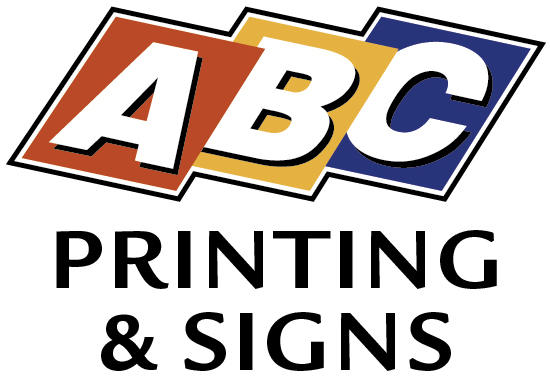HALFTONES AND SCREEN
If you’ve ever looked closely at a photo in a newspaper, magazine or brochure, you will note that the image is made up of tiny dots. (These are called “dots”, not surprisingly!) These dots actually fool our eyes into believing that the tone of the ink actually gets lighter and darker, but what really happens is that the amount of white space between the dots changes, making the image area lighter or darker.
The magnifying glass below will show just what the dots might look like.
Traditional "photo prints" are continuous tone and are converted for offset or digital printing.
When a photo is converted to dots for the purpose of printing, it is called a “halftone.” The more lines of dots per inch (l.p.i.) the finer the screen and usually the cleaner the picture.
- newspaper 85 lpi or higher
- flyer 133 lpi
- high quality brochure 175 lpi or higher
Screens are used to give various shades of one colour. They generally range from 10% to 30% but heavier screens do have an occasional use. Again, dots are used to create a lighter version of the colour desired. The lighter the screen, the more paper is showing between the dots. The same uniformly patterned dots will create smooth screens when printed.


